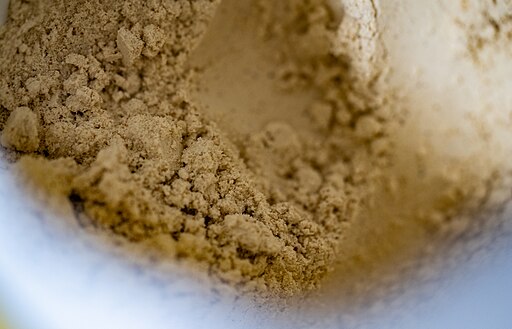
We all seek purity in the food we eat and the water we drink, not just for ourselves, but also for our children. Particularly for our children. It’s sad that in the modern world this goal has become so hard to meet.
A couple of weeks ago, I wrote a blog about micro-particles of plastic that have been found in most commercially sold bottles of water. Now, a new study has found “concerning” levels of heavy metals, including arsenic, cadmium, mercury, as well as toxins like bisphenol A, in most top-selling protein powders. Powders that we thought were helping us to become stronger and healthier.
The study was commissioned by a Denver, Colorado-based nonprofit company called Clean Label Project. They took 134 of the most popular protein powders, as rated by Amazon and Nielsen, and then had them tested. Virtually all contained detectable levels of at least one heavy metal. 70% of them had detectable levels of lead, while 74% had detectable levels of cadmium. 55% also tested positive for BPA. One protein powder had 25 times more than the regulatory limit of BPA in just one serving.
If you think that organic, or plant-based protein powders would fare better, you’d be wrong. Organic and plant-based protein powders made from soy and hemp were even more contaminated than animal-based powders and contained, on average, twice as much lead. “Plants are especially prone to absorbing heavy metals from soil”, says Sean Callan, Ph.D., a neuroscientist and director of operations at Ellipse Analytics, the lab that tested the protein products. Animals also have their own detoxification systems which filter out some contaminants, which is why animal-based protein powders, made from whey or egg, tend to be cleaner.
The study helpfully provided a list of the five cleanest protein powders, as well as the five who tested the worst. The top five cleanest brands were: Pure Protein, Performix Pro, BodyFortress, BioChem, and Puori. The five most contaminated were: Garden of Life, Nature’s Best, Quest 360Cut, and Vega.
With this newest report of rampant heavy metal contamination in a large and popular market niche (consumers spent $12.4 billion on protein powders and supplements in 2016), you might be inclined to shrug your shoulders and overlook it, thinking that everything is polluted now. Maybe it’s just not possible to find “clean” foods or drinks anymore. However, some protein powders tested quite clean when compared to others, which shows that it is possible for these companies to do better. A lot of it is just complacency and lack of oversight.
We should also remember that heavy metals, although ubiquitous because of excessive fertilizer use and manufacturing run-off, are not benign. High concentrations have been linked to cancer, brain damage and reproductive issues. Cadmium, an active component of battery acid, is particularly toxic because it can accumulate in the kidneys and cause kidney damage, as can excessive protein consumption itself, particularly among those whose kidneys are already weak.
Which leads us to a possible solution: why use protein powders and protein shakes in the first place? Most of us can get plenty of protein through a regular, balanced diet. A 5 oz. container of Greek yogurt has about 17 grams of protein, and 3.5 ounces of chicken has 31 grams. Both easily match the 15-25 grams you would get from a serving of protein powder, but are more natural, and also less contaminated with heavy metals. Since your body can only break down a certain amount of protein per hour, it doesn’t make sense to load up with a big serving all at once.
The bottom line: protein powders and shakes may be tasty and convenient, but most people don’t need them. Now that we’re aware of their contamination with heavy metals and BPA, we should try to avoid them and get protein from natural, whole food sources instead.
About the Author: Rebecca Wong has a BA in English Literature from the University of Waterloo and has been working in the herbal business since 2000. She studied at the Ontario College of Traditional Chinese Medicine under respected authorities Paul Des Rosiers and Vu Le, and graduated from the East West School of Planetary Herbology under Michael Tierra. She received training as a yoga teacher at The Branches in Kitchener/Waterloo, and therapeutic yoga teacher training from the School for Somatic Soulwork under Deniz Aydoslu. She now teaches yoga for anxiety, depression and burnout at Rebecca's Restful Yoga Studio in Toronto.
